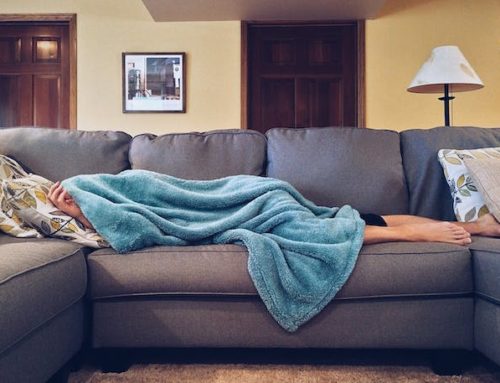In order to manage debilitating stress disorders, it’s important to look beyond simply treating harmful symptoms. Medications that target your muscle tension or rapid heartbeat—while potentially helpful—are rarely the best method of meaningfully addressing the roots of chronic anxiety.
When anxious responses begin affecting your quality of life, it could be time to seek help. One of the aims of anxiety therapy is to help people come to a more complete understanding of the nature of their reactions. Tools provided in therapy are designed to empower patients to respond differently to their personal stress triggers.
In therapy, you will learn several key things:
- Anxiety disorders aren’t the result of personal flaws or failures. Anxiety can affect anyone and is largely the product of how your brain transmits information.
- There are several types of anxiety. Learning more about the type of anxiety that’s affecting you can help you understand, not just what you’re feeling, but also where to focus during therapy.
- You don’t have to let anxiety and hesitation keep you cornered forever.
An instant cure-all for the pains of chronic anxiety doesn’t exist, but a therapist can teach you ways of managing anxiety that will lead you toward getting your life back on track.
Progressive muscle relaxation
A therapist might walk through progressive muscle relaxation with you. The exercise generally begins with you lying down. Next, tense and relax your muscles starting from your forehead, going all the way to your toes, and focusing on one muscle group at a time.
By intentionally tensing muscle groups and then relaxing them, you can eventually have greater control over your body’s physiological tendency to tense up when you’re anxious, drawing you further into your own panic.
Breathing exercises
Whether bad breathing or anxiety precedes the other is up for debate; however, learning healthier ways to breathe can reduce your anxiety in time. Many people with anxiety disorders are all too aware how shallow breathing and over-breathing feel during moments of acute stress.
In therapy, you might practice an exercise like this: inhale through your nose for about five seconds, momentarily holding that breath, and exhaling slowly for close to seven seconds. Repeat the exercise several times. There are many other great breathing strategies, so work with your therapist to find one that helps you the most.
Thought patterns
Patterns of negative thinking are highly correlated with anxiety disorders. You might often find yourself automatically responding in a negative way to an event or predicting only negative outcomes. These bad thoughts fuel your anxiety by seeming to justifying your reaction.
Anxiety affects the brain so subtly that you might not even realize you’re thinking this way. In therapy, one tactic is to express negative thoughts in order to realize how unrealistic they are. By verbalizing your thought process to a therapist, you can begin to “catch” yourself in the act of negativity simply by becoming aware of your thoughts. A therapist might push you to focus on the positives in a situation; eventually, you could find yourself naturally thinking in more positive ways.
Wellness
A therapist can shed light on areas of your life you’ve been neglecting. Sometimes, people with anxiety disorders are hugely benefitted by simply getting more exercise. Yoga, swimming, and hiking are all non-strenuous activities that get your heart going and calm your mind. Getting enough sleep and eating well also make a difference in how you react to events and people in your life.
Conclusion
Because anxiety arises from the way you process what’s going on around you, it makes sense that the best methods for coping with anxiety would help you rewire your reactions. This rewiring can take time. Perhaps the greatest benefit of taking your anxiety to a therapist is having someone with the willingness and the understanding to guide you to your own sense of peace.




